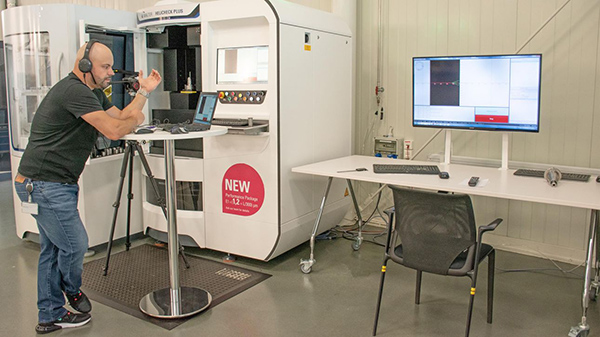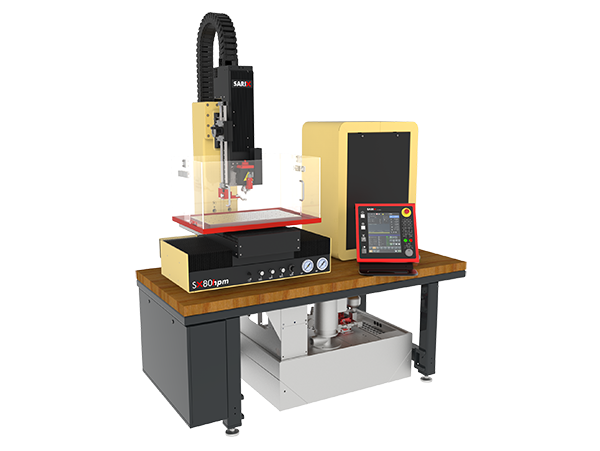The Teisnach facility of Rohde & Schwarz, a specialist in electromechanical assemblies, has installed two Mitsubishi Electric EDM machines from the MP Connect series to help boost the precision production activities of the plant’s tool-making department. Covering more than 74,000 sq m, the Teisnach plant is home to 1850 skilled workers and is considered the tool-making centre for the group.

Says Andreas Bauer, head of toolmaking: “To maintain a high degree of flexibility, we’re constantly reorganising our operations. This is also a reason why we keep tool making here a little separate and autonomous.”
Five wire EDM machines are in operation in the tool shop at Teisnach, mainly in the production of punching, bending and extrusion tools. The two new Mitsubishi Electric MP1200 Connect and MP2400 Connect machines are used mainly for stamping and bending tools.
“Using these two precision machines we can operate with high process security, while they also give us the required flexibility,” says Bauer. “Last year we decided to make a change in our wire EDM machines. We took a close look at the main suppliers and drew up a requirements profile with our entire team.”
All the pros and cons – as well as the sustainability issues – were examined. The price-performance ratio was also a crucial factor. Rohde & Schwarz paid visits to users and compared the technical data until the company was convinced that Mitsubishi would be able to supply the market’s best machines.
“We drafted our 2027 tool-making strategy back in 2017,” Bauer reports. “Last year we took the first big step and invested around €2m, among other things in the two Mitsubishi systems. In doing so, we gave new impetus to micro-erosion, micro-milling and micro-drilling.”
For further information
www.mitsubishi-edm.de























